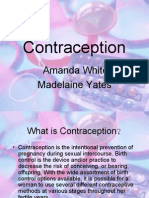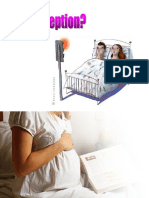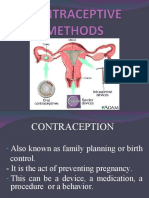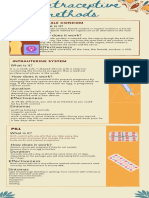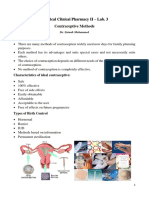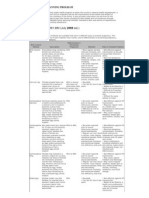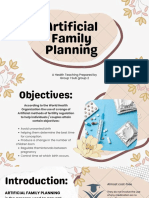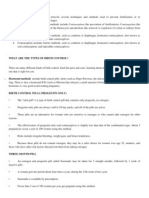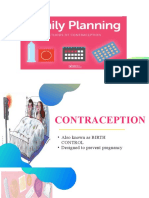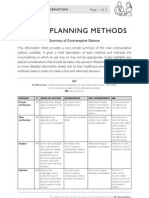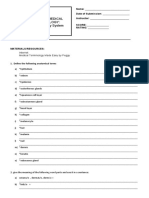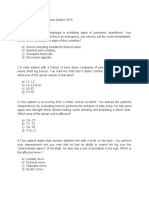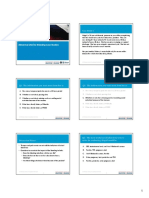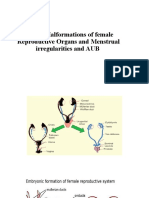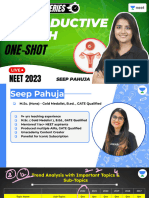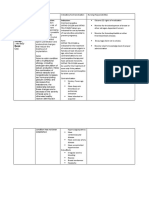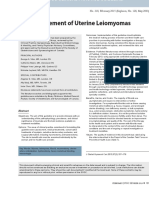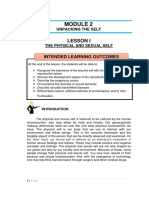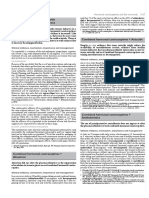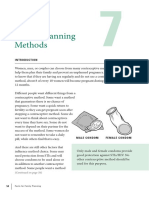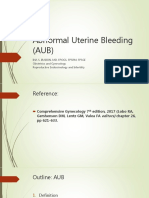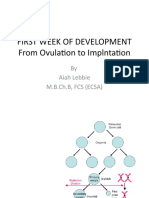0% found this document useful (0 votes)
66 views58 pagesChapter 6 Lecture Health, The Basics
The document discusses different types of contraceptive methods including barrier methods like condoms and diaphragms, hormonal methods like birth control pills, patches, rings and implants, and intrauterine devices. It provides details on how each method works, effectiveness rates, benefits and risks.
Uploaded by
Wenzy CruzCopyright
© © All Rights Reserved
We take content rights seriously. If you suspect this is your content, claim it here.
Available Formats
Download as PDF, TXT or read online on Scribd
0% found this document useful (0 votes)
66 views58 pagesChapter 6 Lecture Health, The Basics
The document discusses different types of contraceptive methods including barrier methods like condoms and diaphragms, hormonal methods like birth control pills, patches, rings and implants, and intrauterine devices. It provides details on how each method works, effectiveness rates, benefits and risks.
Uploaded by
Wenzy CruzCopyright
© © All Rights Reserved
We take content rights seriously. If you suspect this is your content, claim it here.
Available Formats
Download as PDF, TXT or read online on Scribd
/ 58


